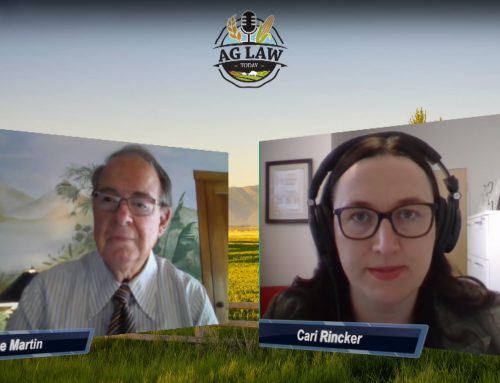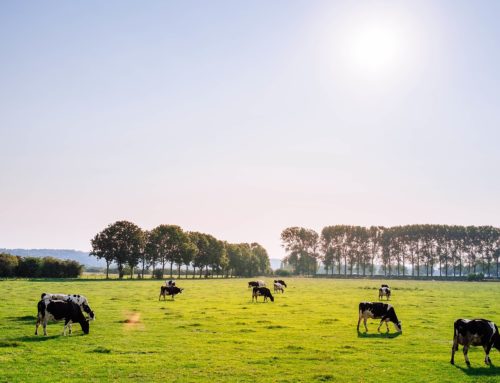As native Floridians, we have observed thousands of acres of agricultural lands destroyed by way of development, disease, population explosion, and increased land value. But there is a way to help make agricultural lands more affordable.
The Florida Greenbelt law, enacted in 1959, gives the owner of agricultural lands a property tax break for conducting a legitimate commercial agricultural use. Known as an Agricultural Classification, it is not an exemption but an acknowledgment that the land is used for bona fide commercial agriculture.
“Bona fide agricultural purposes” is the specific wording of the Florida statute. This means “a good faith commercial agricultural use of the land.” Various rules and procedures govern what constitutes a valid agricultural classification. They are as follows:
- Length of time land has been used for agriculture.
- Whether the use has been continuous.
- Purchase price paid.
- Size as it relates to the specific use.
- Have good husbandry practices been used consistent with a commercial agricultural business.
Size and husbandry practices have been litigated extensively. Many agricultural interests have been abandoned due to economic hardship. Productivity of the land must be proved as well as economic viability of the ag product produced.
Because the Ag Classification has been abused, Property Appraisers vet these applications with minute scrutiny. You will need proof of ownership, photographs, and commercial documents.
At Martin Law Office, we routinely answer questions from landowners regarding the denial of their Agricultural Classification application. The elements of what is necessary to make a request can be found on the application, but remember that the Agricultural Classification is not a right, it is a privilege. If a commercial agricultural use meets the criteria, it is good economic policy to apply for the classification. In this day and age, an agricultural farming operation or cattle operation deserves every chance to cut costs.




